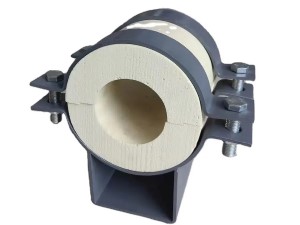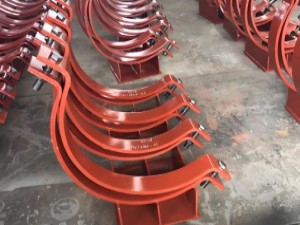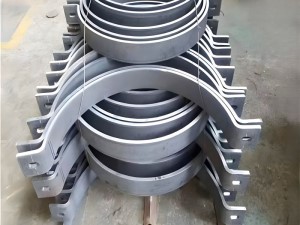Each flanges have its own weight, so how do we calculate it?
Flange weight formula: (outer diameter * outer diameter - inner diameter * inner diameter - aperture * aperture * hole number) * thickness *0.617*0.00001
The work of flange design in our country basically began in the early days of the founding of the People's Republic of China. At that time, the so-called flange design work mainly used standard flange, and specifically adopted the former Soviet Union roar flange national standard. China has formulated the first set of flange standards I-IC_i_5D1-5028-58 pipe flange standards, followed by the Ministry of Chemical Industry, a joint formulation of the Ministry of Machinery - TH 3009.5 Continental Equipment Flange Standard and the Ministry of Machinery - made f B-9D-59L pipe flange and gasket standards. These standards are actually only a copy of the former Soviet Union flange standards.
In 1950s, Zakharinko's calculation method was used in the design of high pressure pipe flange of ammonia plant in China. The popularization and application of flange design methods in China started in the 2D century.
In the early 1990s, the V4 Taters method and the former Soviet Union's Nine T method were used for flange calculation. Later, the Ministry of Chemical Industry issued the "Regulations on the Design of Steel Chemical Vessels". The VTaters S method was used for flange design. Since then, the Waters method has played a leading role in the flange design of Petrochemical Pressure Vessels in China. In the 1980s, China formulated the first national standard for casted flanges, i.e. UI3 I13 ^ - 913 - 19 $8, referring to the draft international standard I51I 705 I1. The set of flanges included flanges subordinate to American and European systems. Accordingly, Waters method and German nIN a method were adopted to check the strength of flanges. For non-standard flanges, the results obtained by different flange design methods are not the same.
Therefore, what kind of flange calculation method is adopted for flange design, which is the problem that people pay more attention to and study deeply. For the standardized flange, the flange design calculation method is only used as strength check, and the flange size will not change. The flange national standard of our country's current Japanese standard is entirely formulated according to the international standard. The flange type, structure size and other aspects are completely consistent with the international standard. The flange size has international interchangeability. But in flange material and applicable pressure-temperature grade, referring to international and foreign standards according to the performance of domestic materials and a certain design method to calculate. Therefore, it is still necessary to calculate and analyze the strength of the carbon steel flange in the national standard and whether it can guarantee the sealing of the connection.





